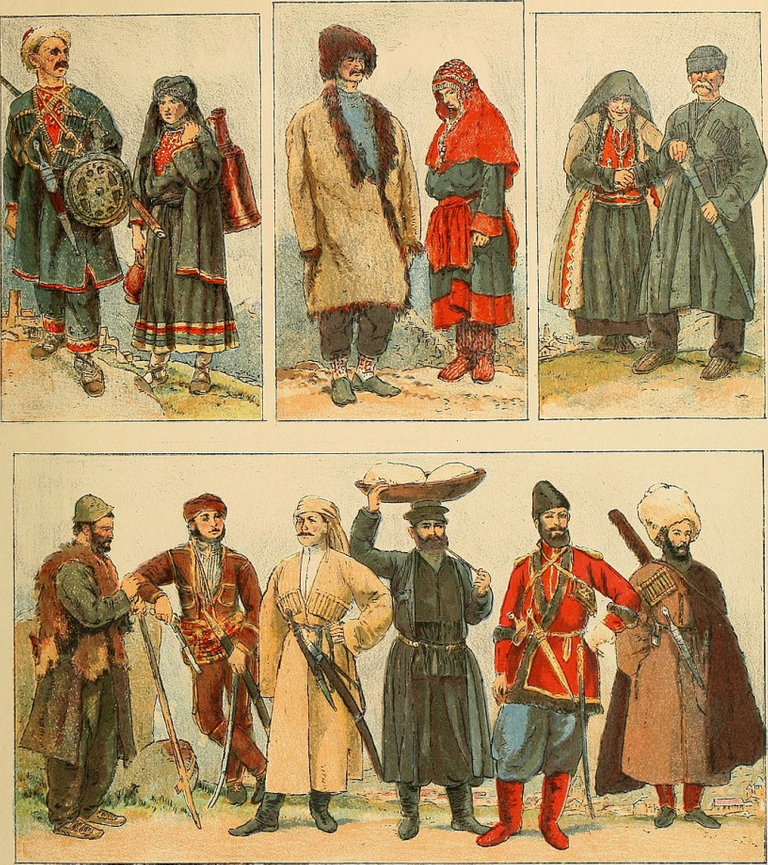
Contents
- Language
- Culture
- Phenotype
- Genetics
- Conclusion
The Caucasus is a pretty ethnically diverse region. It forms a bridge between Europe and Asia. This region has historically been a point of contact for the inhabitants of each continent. Depending on who you ask, the region is either European, Middle Eastern (aka West Asian), or its own distinct entity.
1. Language
Linguistic groups are closely tied to genetic ancestry in the Caucasus, as they are in most parts of the world. Those who speak languages native to the region are divided into three groups:
- Kartvelians
— Georgians - Northwest Caucasians
— Abkhaz, Abaza, Circassians - Northeast Caucasians
— Avars, Dargins, Laks, Chechens, etc.
The region is also home to Indo-Europeans:
- Armenians
- Greeks
- Various Iranic-speakers
— Ossetians, Kurds, Talysh, etc.
Turkic peoples:
- Kipchaks
— Balkars, Kumyks, Karachays, Nogais, etc. - Oghuz
— Azeris, Turkmens
And Mongols (from Mongolia):
- Kalmyks
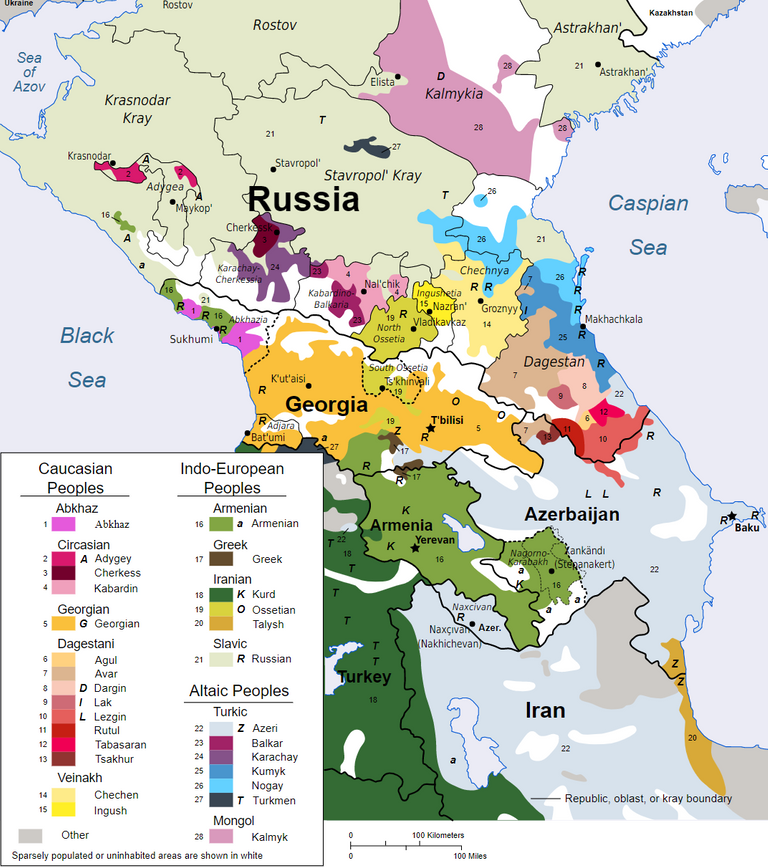
2. Culture
Culturally, the Caucasus is a mixed bag. Many Caucasian ethnic groups regard themselves neither as European nor Middle Eastern but uniquely Caucasian. That being said, no nation is an island. Caucasian ethnic groups are influenced by non-Caucasian cultures via their languages, religions, and geographic locations.
Georgians, for example, are Christians and often regard themselves as being politically aligned with Europe. However, they also have cultural influences from the Middle East. South Caucasus populations, like Armenians and Azeris, are far more culturally aligned with the Middle East, while Turkic Caucasians have strong cultural ties with other Turanic peoples. Although the Chechens have a strict adherence to Sunni Islam. They value freedom and are occasionally referred to as “the French of the Caucasus.” The region is full of interesting populations, with fascinating histories that are impossible to summarize in one paragraph.

3. Phenotype
In terms of phenotype, North Caucasians tend to look “more European” than South Caucasians. White skin and light eyes are common among Georgians, Dargins, Chechens, Circassians, etc., but they are overwhelmingly dark-haired. Their facial features can range from “Nordic” to “Iranian-but-with-White-skin.” Many North Caucasians would not look out of place in Europe.
Georgians:
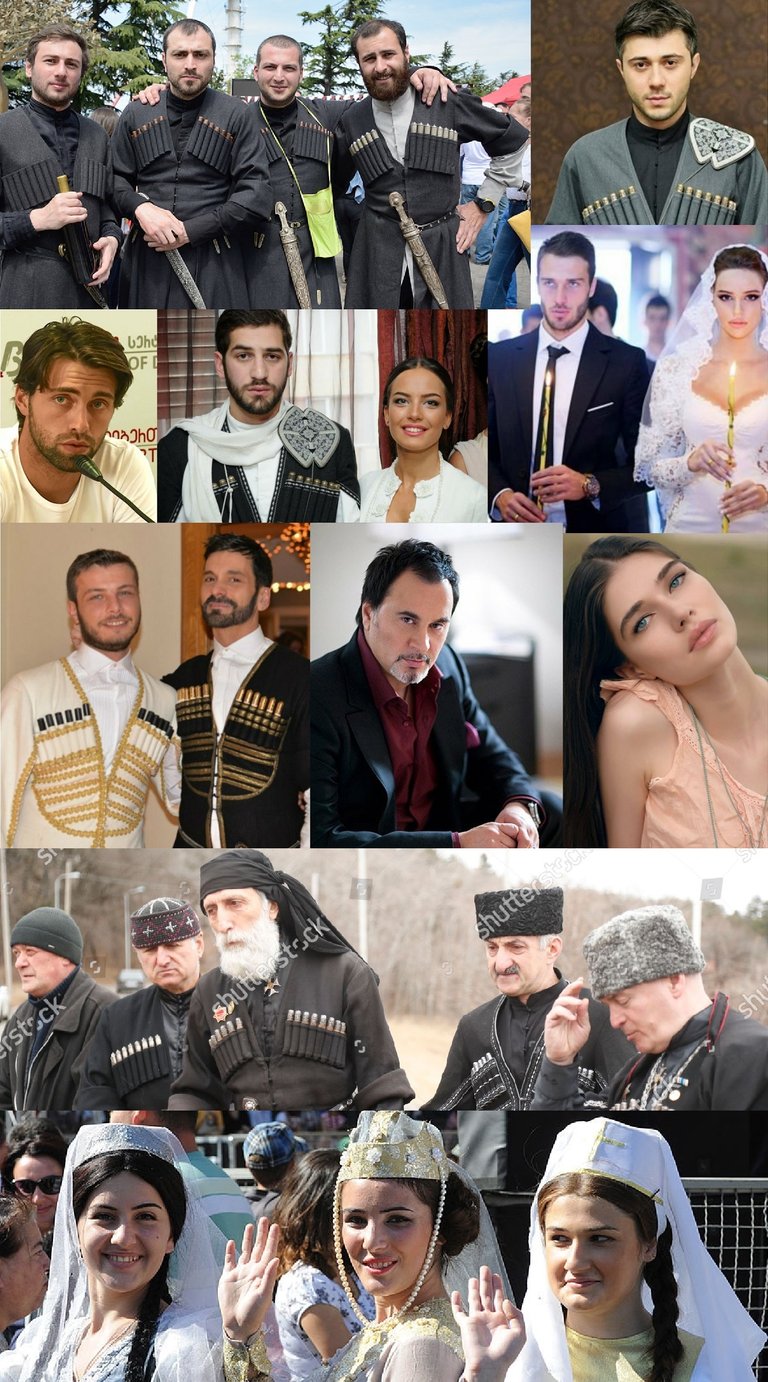
Ossetians:
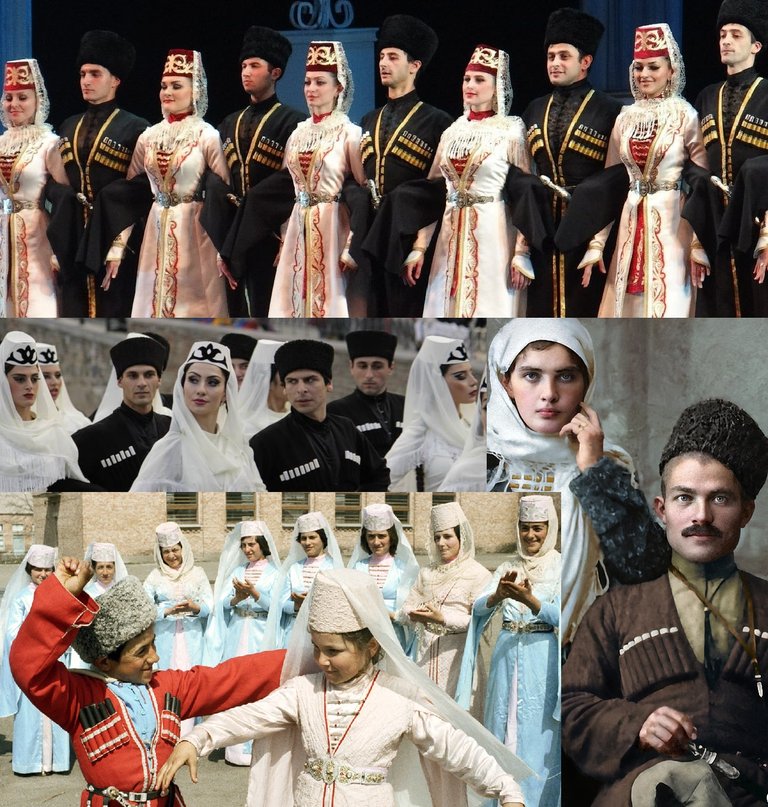
Abkhaz:
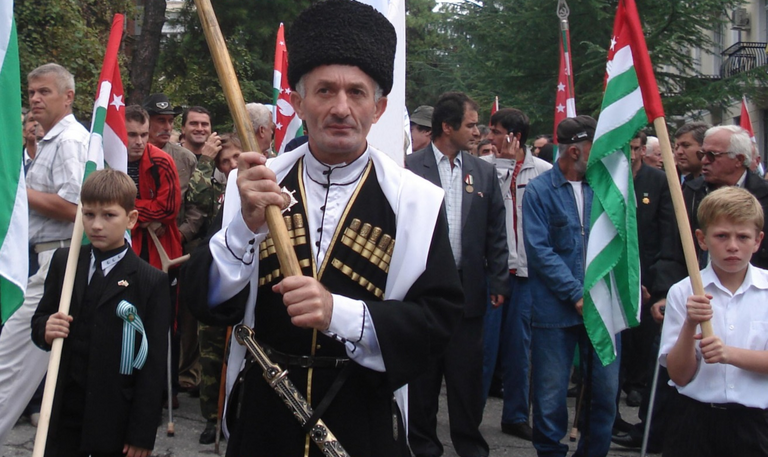
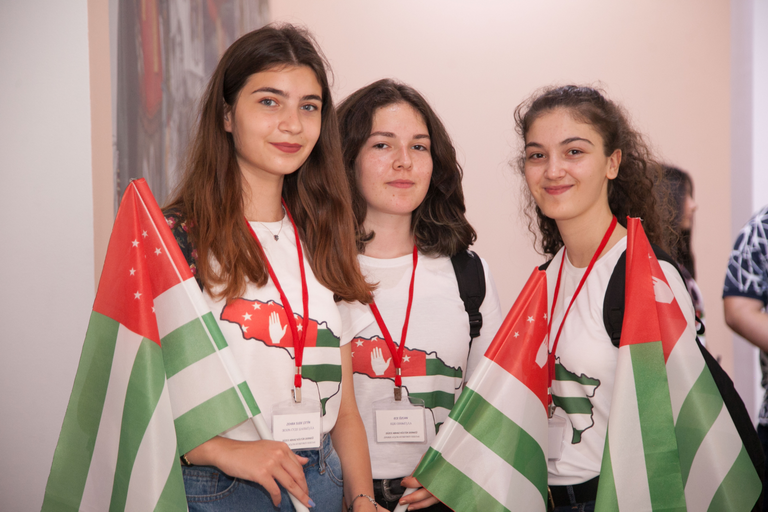
Circassians:
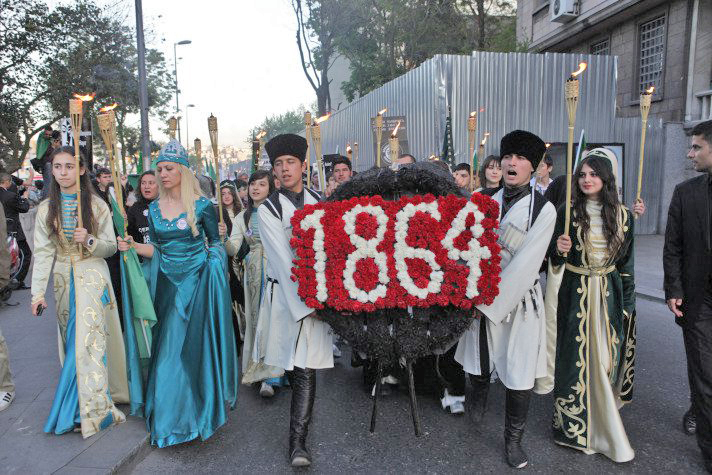
Chechens:

Dargins:
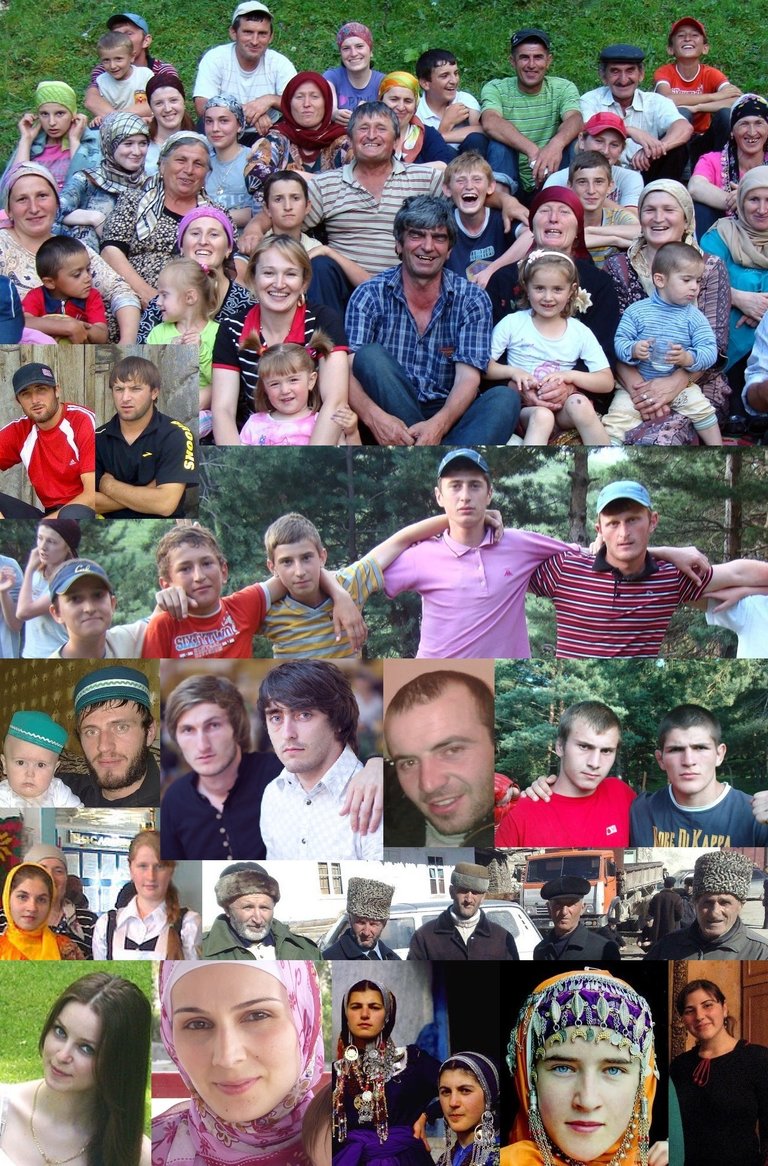
The majority of South Caucasians look significantly more Middle Eastern, with darker complexions and more stereotypically Eastern facial morphology.
Armenians:
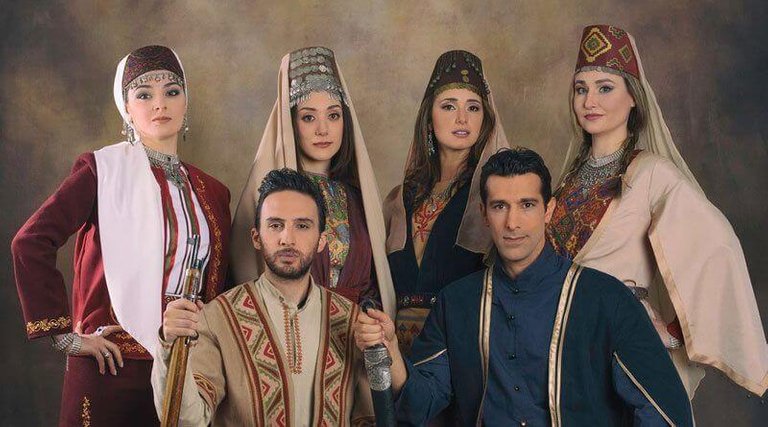

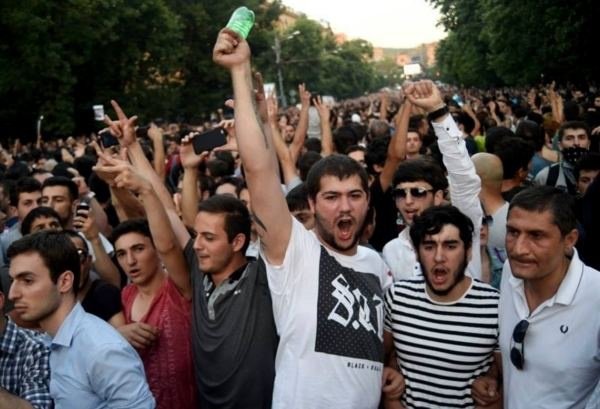
Talysh:
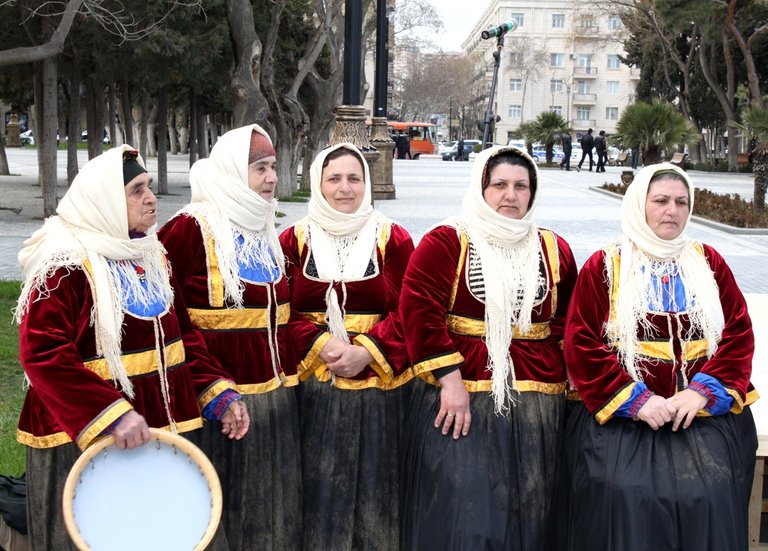
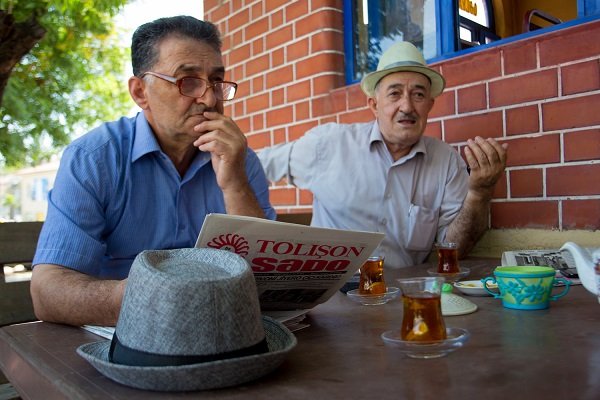
Azeri:
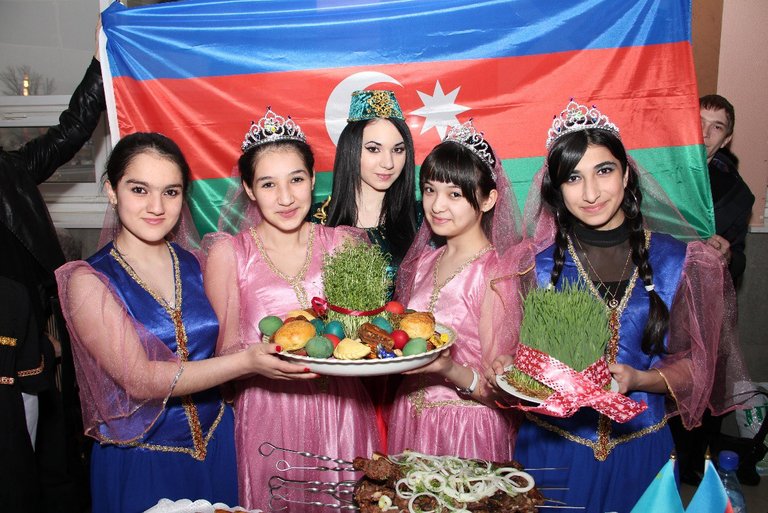
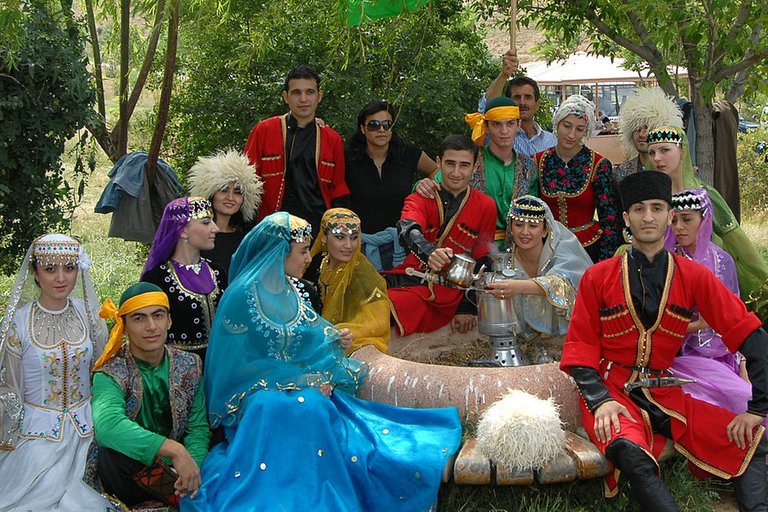
Turkic peoples, such as the Azeri (above) and Nogai (below) have clear East Eurasian influence.
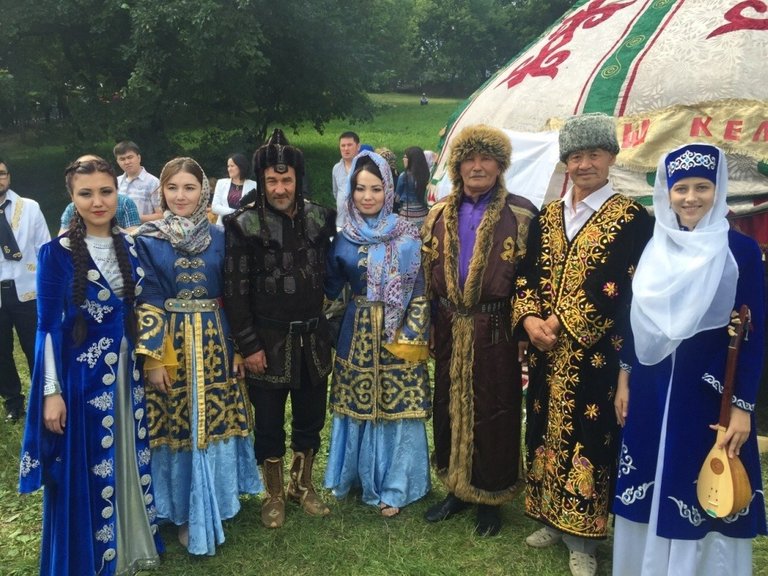
Finally, the Kalmyks are essentially just Mongols:
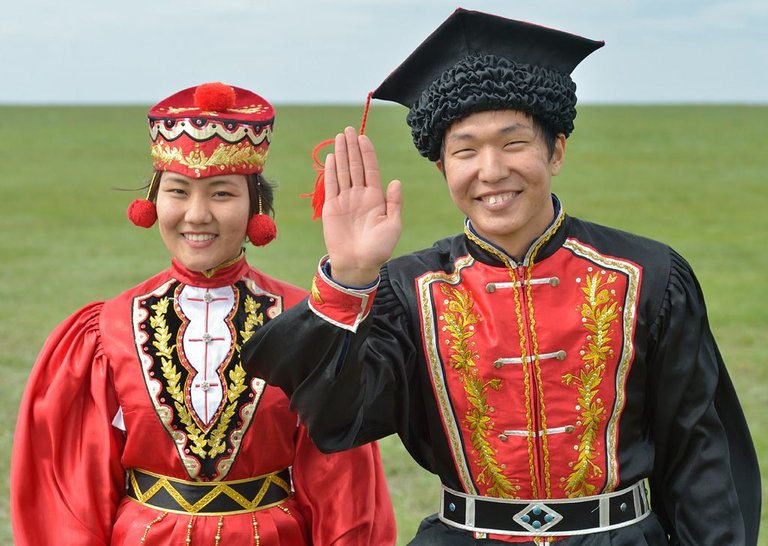
4. Genetics
Many North Caucasians could easily pass for European. The principal component analysis shows that the entire Caucasus population is clearly distinct from all Europeans. They cluster more closely to Turkish Anatolians and Iranians.
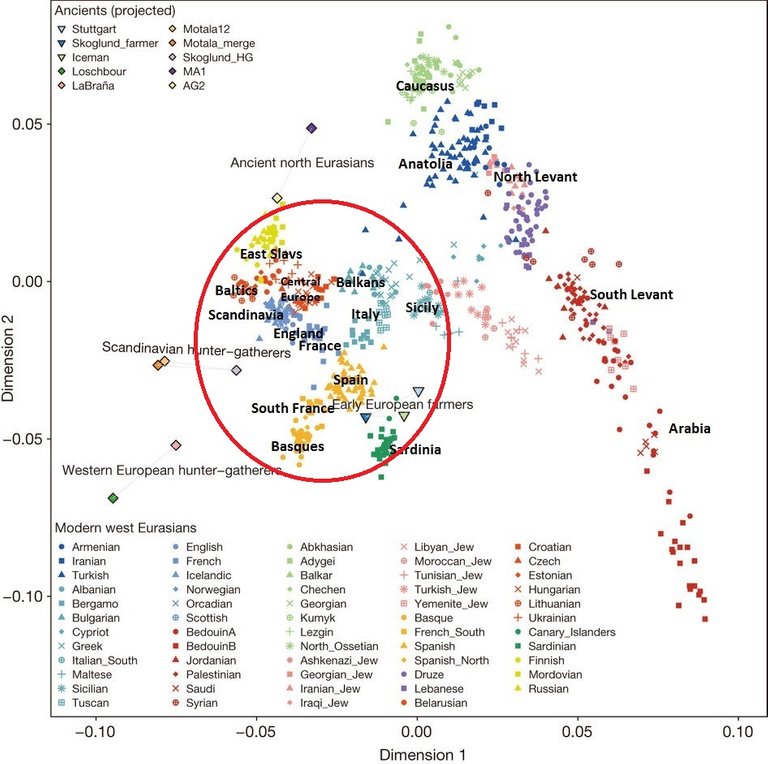
Autosomally, North Caucasians descend from three main populations:
- Caucasus Hunter-Gatherers (45%)
- Anatolian Neolithic Farmers (30%)
- Eastern European Hunter-Gatherers (13.5%)
All three of these ancient populations contributed significant ancestry to modern Europeans.
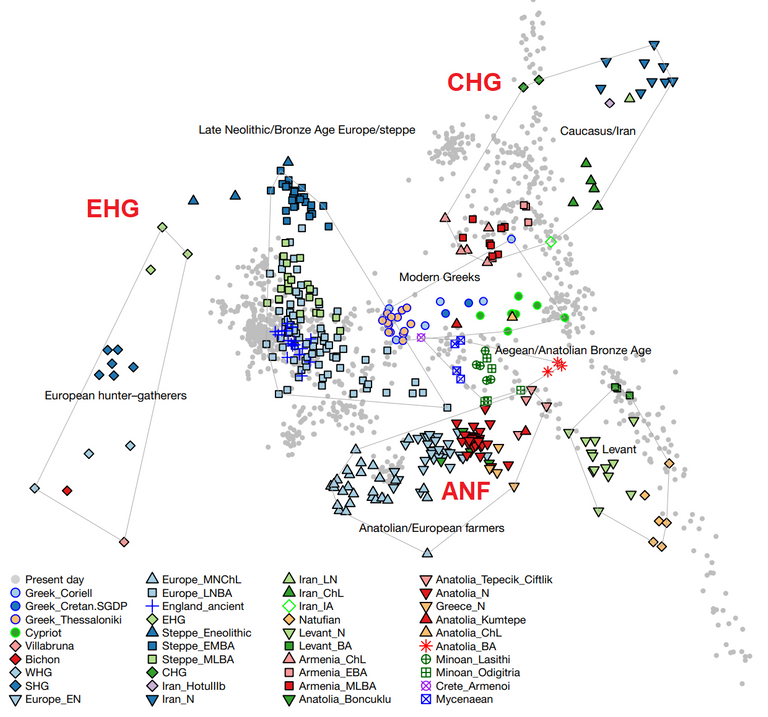
Caucasians also have additional influence from Iranian Neolithic Farmers, Levantine Natufians, and East Eurasians. Iranian and Levantine ancestry peaks among Southern Caucasians, while Turkic Caucasians have increased East Eurasian ancestry.
Caucasus language speakers:
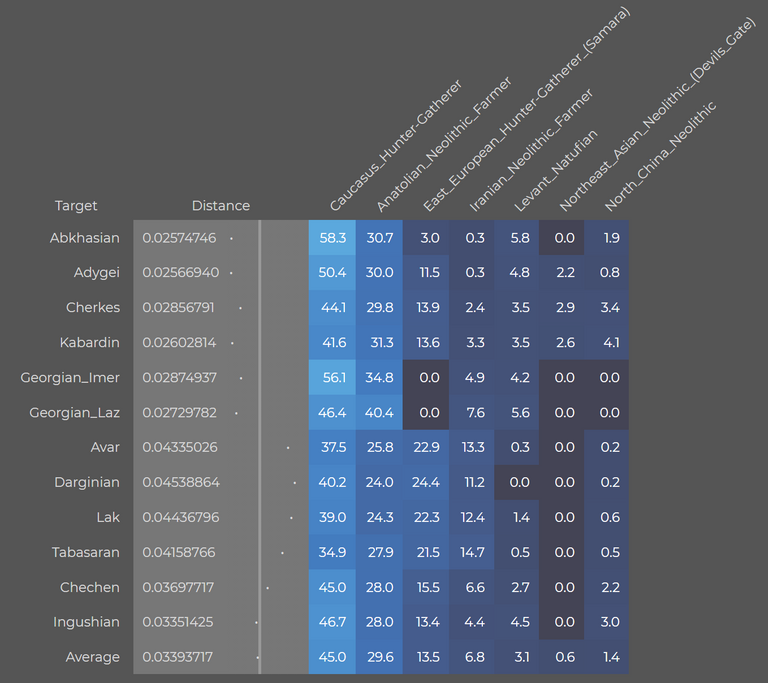
Indo-European speakers:
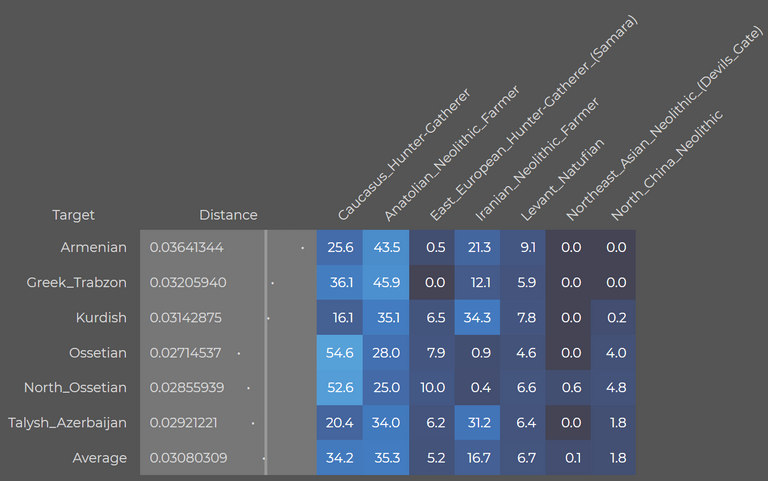
Turkic speakers:
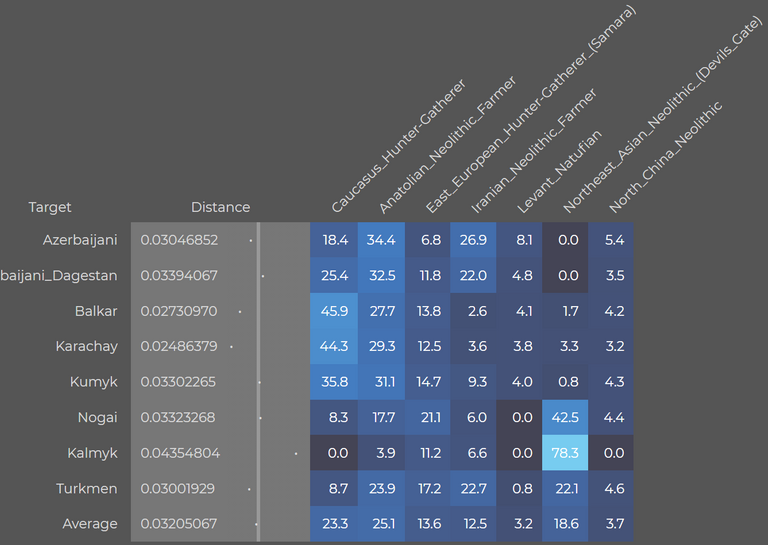
Male haplogroups (lineages) G and J2 are among the most common in the Caucasus, demonstrating their links to ancient Anatolia and Iran, as well as modern Europe.
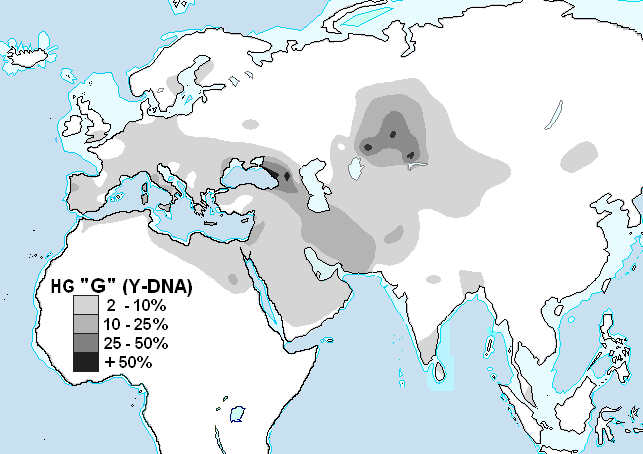
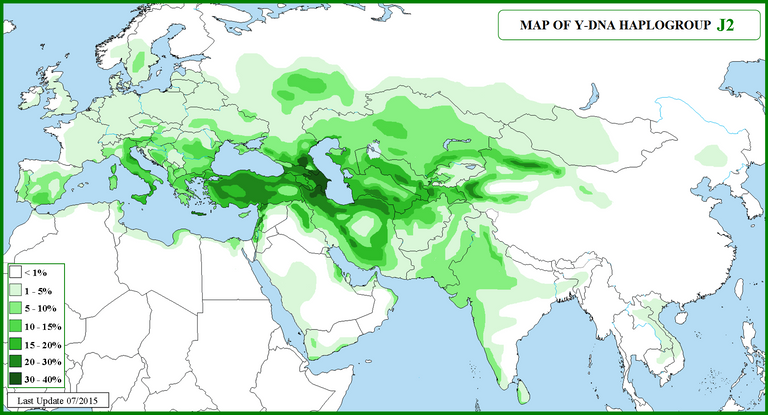
Finally, with regards to pigmentation genetics: CHG, ANF, and EHG all had light skin pigmentation, within the range of modern Europeans. So, it makes perfect sense that people who descend predominantly from these populations would have similar pigmentation to Europeans.

5. Conclusion
Are Caucasian people, European or Middle Eastern? Neither. Generally speaking, they are uniquely Caucasian. However, many North Caucasians could easily pass as European, and many South Caucasians could easily pass as Middle Eastern.